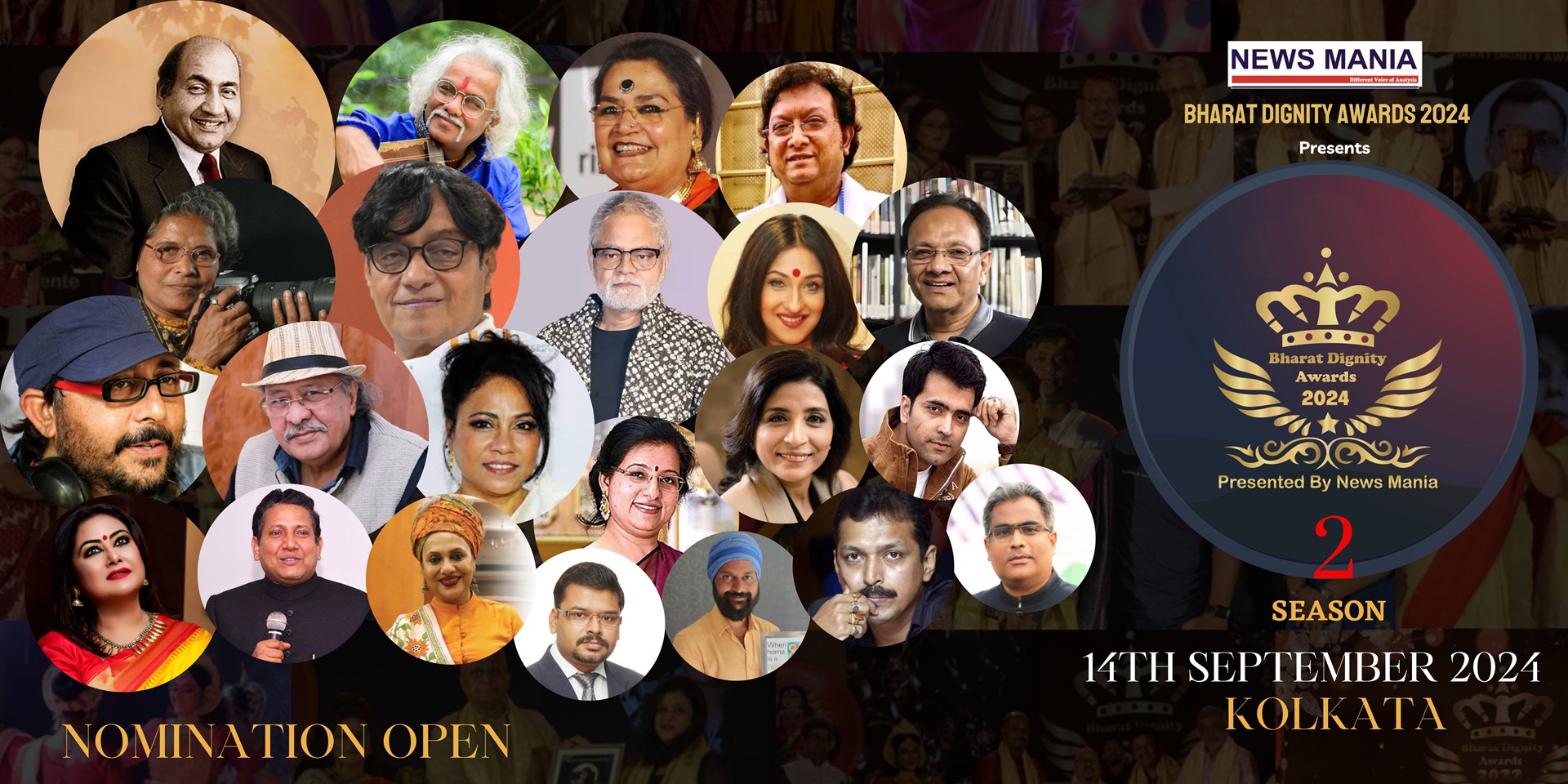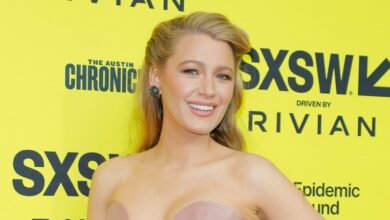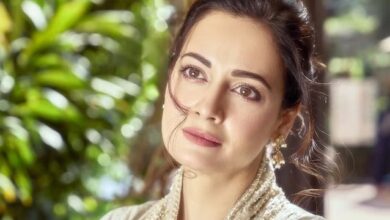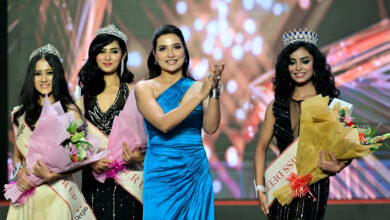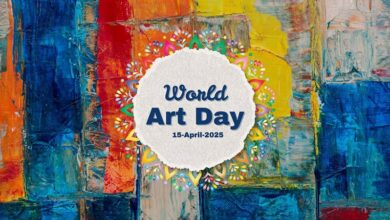Entertainment/Events
Sri Padabolio Nritya: A new concept of dance form based on Natyashastra & classical dance traditions
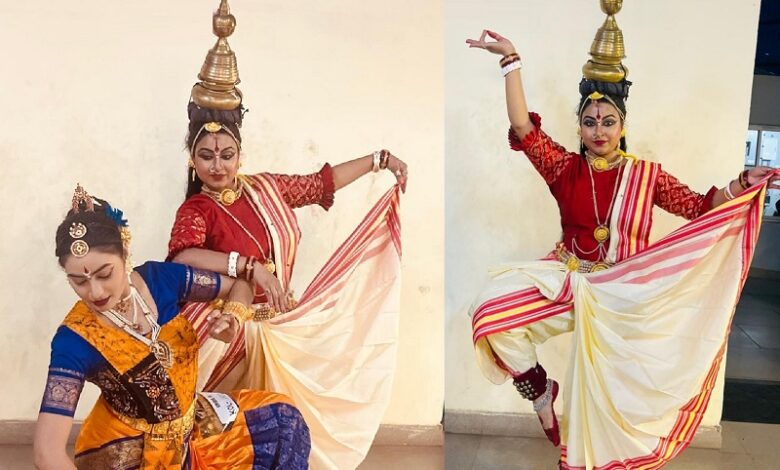
Saikat Kumar Basu / 16th October 2024
Prologue
Dr. Anuradha Roy MA (Sanskrit, Jadavpur University), MA (Dance, Rabindra Bharati University), PhD (Jointly with Rabindra Bharati & Jadavpur University) and with a degree on Bharatnatyam from Telegu University is an avid researcher, classical dancer and choreographer of Sri Padaboliyo Nritya, a new form of classical dance from Bengal based on Baishnab Padaboli. A versatile classical dancer specializing in Bharatnatyam and Kuchipudi, she is serving as the Principal of Sri Hamsavahini Kalaylam; an unit of Sri Padabolio Kala Parishad in Kolkata. The following article has been conceptualized following an elaborate interview with Dr. Roy in Kolkata. She has done painstaking research work in identifying the nritya mudras from the ancient terracotta sculptures on the Hindu temples of Bishnupur located in the Bankura dustrict of West Bengal and the music composition from the padas of Baishnab Padaboli. The concept of this newly discovered dance form is thus described below following the interview.
Introduction
The Indian classical dances have a rich heritage. It is believed that the folk dances of different parts of India happened to be the genesis for the Indian classical dance. In this project we proposed to develop a new form of dance “SRI PADABOLIYA NRITYA “based on mainly Chorja Pada, Classical Kritan Tradition, “Baishnab Padaboli (Radha Krishna Padabali, Gour Padabali, Bhanjan Padabali, Ragaatmic Padabali) “Shakta Padavali” and “Haragauri Padavali”.
Bengal’s own wealth, if anything, is Padavali Kirtan. Kirtan is also a term closely associated with the hearts of the people of Bengal. Not only in Bengali but also in the Indian elite or classical music genres, Its lyrical style contains a wonderful stream of historical expression. Each pada is accompanied by an assembly of rasa, bhava, raga, taal, chanda and the mutual correspondence between these assemblies can be observed. And in the rhythm of this mutual gathering, the ancient dance style of Bengal “Sri Padabolio Nritya” was born. The classical dance of ancient Bengal, namely Gaur Bengal, has been described in many ways in the literature and verses of those who were the promoters and advocates of Padavali Kirtan literature.
Padaboliya Nritya: Context of Naming
The original source of the word ‘Padabolio’ has been derived from ‘Padabali’ is generally called lyric poetry. Moreover, the main meaning of the word is song. According to Kabi Jayadeva’s ‘Madhur Kamalakanta Padavali’, PADA BALI (boli) lyrical + Payal. Pada is a description of Pada-Vedas in Natyashastra.à
Preamble
About 600 years ago, Chaitanya Mahaprabhu expressed his rich and new philosophy based on bhakti rasa “surrender” in the forms of song and dance. His philosophy using different form of song as well as classical forms of mudra of dance, some of which resemble with Natyashastra. An attempt is made to choreograph a new form of dance based on the art form as followed by Chaitanya Mahaprabhu with grammar of Bharata’s Natyashastra.
Manuscript Evidence
In fifteen-century onward. People writing of manuscripts, the illustration of manuscripts writing in “Talapatra” etc. We know that Chaitanya and many texts of this dance were written, all these were profusely illusioned.
History: evidence of Devadasis & Sculptures of Bengal
The pattern of posture found in this dance can be seen in a special art of Bengal called terracotta. Many terracotta artifacts from the Mauryan and Gupta empires have been found in West Bengal Bishnupur Kolkata etc) and Bangladesh (Paharpur).
In the Natyashastra of Bharata composed in the second century “स्वरतलपदबयम्”, the word ‘pada’ refers to song. In the epics Ramayana, Mahabharata of the 4th and 2nd centuries BC respectively; and even in the Pancharatra-Samhita and Purana-literatures of the first half of the Christian century, the use of the poetic ‘pada’-word is found. Many refer to the ‘pada’-word in the verse'” of Bharata as a reflection of rhythmic dance. But it is appropriate not to mean dance in the sense of ‘pada’. And even if ‘pada’ means figuratively the word ‘dance’, then dance is an integral or essential part of Trauryatric music-GEET- NRITYA-BADYA. (गन्धरवंग त्रिविधाङ्ग विद्यात).
During the reign of the Pala and Sena kings in Bengal, there was a system of music by Devadasis in the temples of Shiva or Kartika, and there was a system of performing songs accompanied by dance and music this is acknowledged by Kahlan in ‘Rajatarangini’ and poet Dhoi in ‘Pavandoot’. Among the Devadasis of Bengal, Vidyut Prabha, Shashi Kala, Padmavati, and Kamala are mentioned. Evidence of this ancient dance of Bengal is found not only in literature but also in sculpture and painting.
Textual Evidence
The changes of dance techniques were influenced by Charja Pada & Bharja Geeti Chandi Das (Shrikrishna Kirtan’ originally named ‘Shrikrishna Sandarbha’, Vidyapati (Haragaouri Padaboli) Jaydeva (Geeta Gobindam Aashtapadi), Surdas (Mrira vhajan Padaboli) Ramprasat, Kmala Kanta (Shakta Padaboli), Rup Ghoswami, Sangita Damodara of Raghunath etc.
Technique
The basic positions the movement technique is developed. This dance form is composed mainly Dance Drama tradition. The fourteenth chapter of Natyashastra mentions the four types of dance prevalent in India Avanti, Dakshinatya, Panchali and Oudramagadhi. The fourth, the Oudramagadhi dance, was popular in Bengal (Anga, Banga, Kalinga, Dai, Vatsa, Odramagadh, Punda, Nepal, Antagiri, Bahigiri, Pravanga, Mahendra, Malad, Malvartaka, Brahmamottar, Bhargava, Sargava, Pragjyotish, Pulinda, Videh. Tamralipta, Prang’ etc. are natives of Oudramagadhi). Even in all the ancient countries mentioned in the Puranas this (Pravritti) is “Bharti and Kaishiki Vritti”-dependent in ancient Dance style of Bonga or Bengal.
There will be Kaushiki Vritti on the sringara & hasya rasa, Swattati Vritti is known in Veer and Advuta rasas. Vhayanaka Bivhatsa, Raudre Arvatti vritti, Karuna Advhuta-Bharati Vritti. rasas. In technique Padaboliya Nritya follows the basic principal of the Natyashastra Nritya, Nritya Avinaya, Sthanaka Bhramari Chari, Karnas & unique in inclusion of ‘Rasa Gati'(Based on Ashtarasa Nava Rasa, Pancha Rasa & “BENGAL KARANAS” with Rhythms & Raagas keeping each emotion)-Called “Prastuti Chalan Gati” are composed.
Instruments
Some of the main musical instruments of Bengal are used in padavali dance such as Flute, Kartal or Mandira, Tanpura, Mridanga or Srikhol, Bangla dhak & Dhol. This musical instrument of Bengal is described in Natyashastra.
a) Toot Badya Yantra – Tanpura
(b) Anadha Badya yantra- Bagla Dhak Dhol – Mridanga or Srikhol,
(c) Sushir Instruments-i.e. wind instruments-flute, Singga, Sonkha, Shinga,
(d) Ghono Badoyanta-that is, brass or bronze metalwork-Kanga,/Mandira, Ghoogro
Origin of Shri Padabolio Dance
Dance is the expression of the emotions and feelings of the deep heart of the Bengali nation. The origins of this dance in Bengal and Bangladesh are traced back to the Yoga Sutras of Sri Chaitanya Mahaprabhu “Nagar Nritya Sankirtan” of Bengal, the ancient “Charija and Nath Git”, Bongiya Nritya Pala Kirtan,& nagar nritya Sankirnam the various Puja Parbans and ceremonial dances of Bengal, and the traditional Yatra Pala. folk dance of Bengal-(Raibeshe-Dhali-
The Repertoire
This dance begins with “Prastuti karan” The basis of which is the Karans and Charis (Rasa Gati Chari) of. Ancient Bengal. The ‘Bhamgim’based on ‘NRITTYA YOG & Mudra'(part of Neuro Cognitive Dance Therapy). There are some dance items like- Pronomanjli, Nritya-Mongal (Charan bandhana-Rangapuja & Jajjar-puja), Taalo-Mongal, Baado-Mongal, Raaga-Mongal (classical raaga tradition of Gour-Banga), Talomanjuri (Ashtha-Taal), Gourchandrika, Charjja-Bojjrah-nath-
Costume
Made keeping in mind the historical aspects of Sri Padaboliya Nrittya is called ‘GARODIYA’ (“Gorod” “Saree) and SARNACHURIYA’ (‘Sarnachuri Saree) in Bengal. As this Dance
more application of Sringar (Madhur) & Bhaktirasa which includes all the colors of rasas. According to Natyasastra and science (factal Dimension- & EEG) there is a correlation of color with rasa, so this principle has the rules of costume color with rasa in this Dance Form.
Ornament
Look like, temple peaks (Mandir Chura) of Bengal. This jewelery made of “Tulsi” and “Bell” wood bits With Gold Color Mattas. (according to Natyasastra” Gaur bonga’ women usually have Curly Hair, Shikhapas, Beni. Also use Radha krishna “BAANKA-CHURA”. Khopa-Jhapi, Mang tikli, Kanmaur pasha, Komor & Uru bandhani, Khocha (Angaa Khocha koti khocha) , Ghoogro & Dirgho nupura bali etc
Special use of terms in Sri Padaboliya Nritya
The special attraction of this dance is the dance on the “Peeri’ (things that sit on the ground) & “Kaangsa Mangal Thali” (Bell Dhatu or Type of Brange mettle) In ancient Bengal this Peeri is sweetened by “alpana”shilpo kala. The big Peeri is used during marriage and the small peeri is used for Seating purpose..It is placed before the Lord in worship. This Called “Arnesh-Peeri -Nritya” the word of Arnesh means that which never ends. Kangsha and Pital is a very mythical tradition of our Bengal. Without it no auspicious ceremony-marriage etc. is completed. This Called “Kangsa Kali Nritya” with kartaal or khanjani etc. The objects above the head -will be “Lakshmi’s Ghot or Mangal Ghot” next Bengal “Kunke” or rice measuring device and tast above it will be Begal traditional “Jhampi” i.e. the Sindur case.
Objective of the present work
No cognitive study on degree of communication of different ‘Rasa’ with different styles is available in the literature. This work is a very first attempt to such study and at the same time an attempt to develop a new style of dance “Sri Padaboliya Nritya” based on enhanced emotion communication. The present work is a novel and new approach concerning the development of a new form of Indian classical dance in the global scenario.
Dancer & choreographer: Dr. Anuradha Roy
Photo credit: Saikat Kumar Basu


